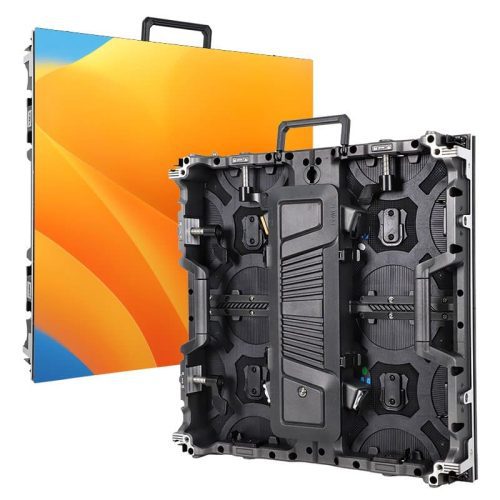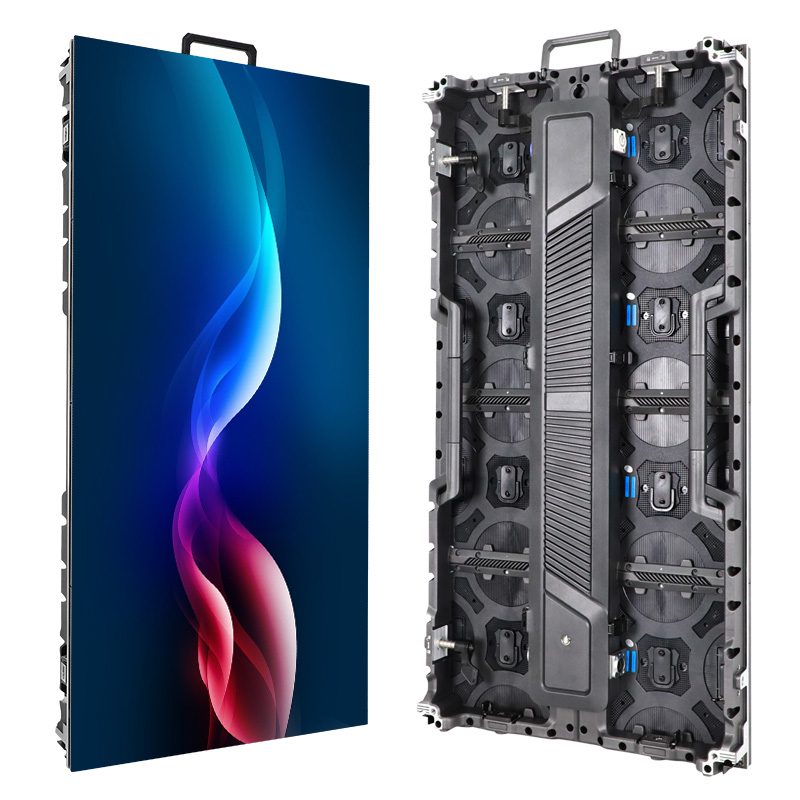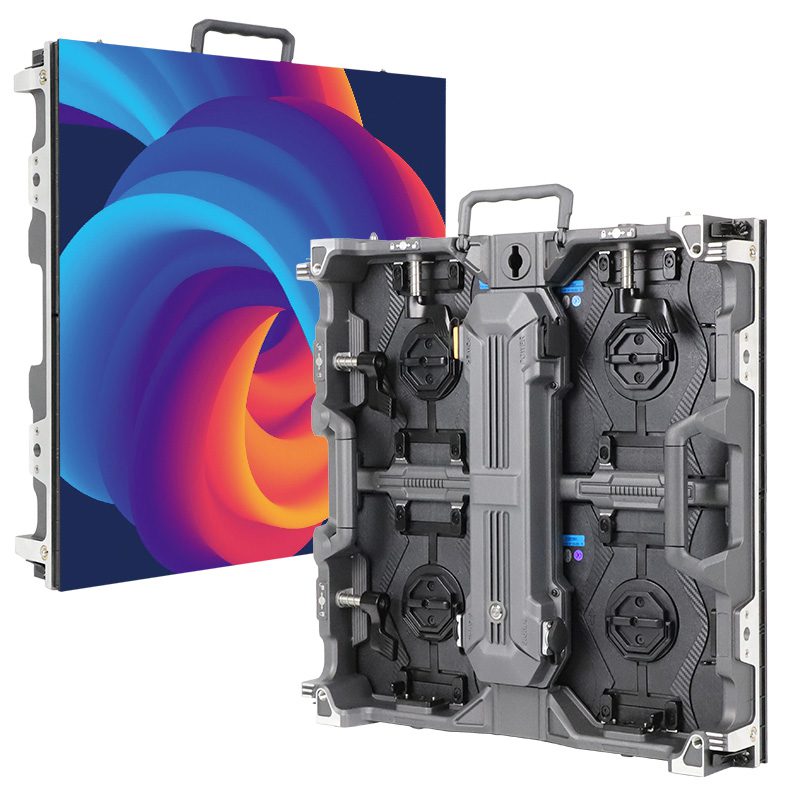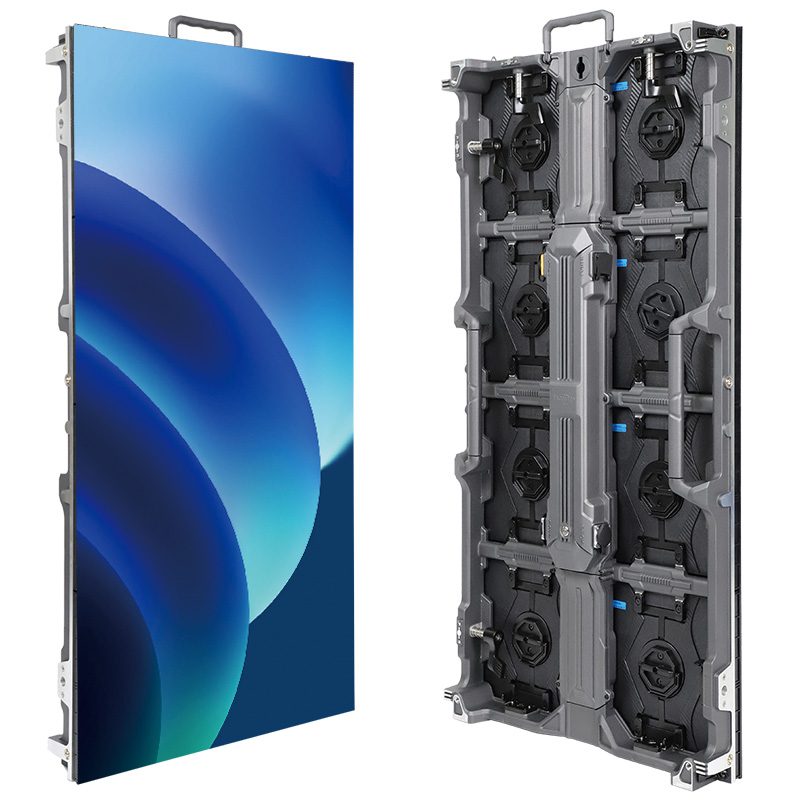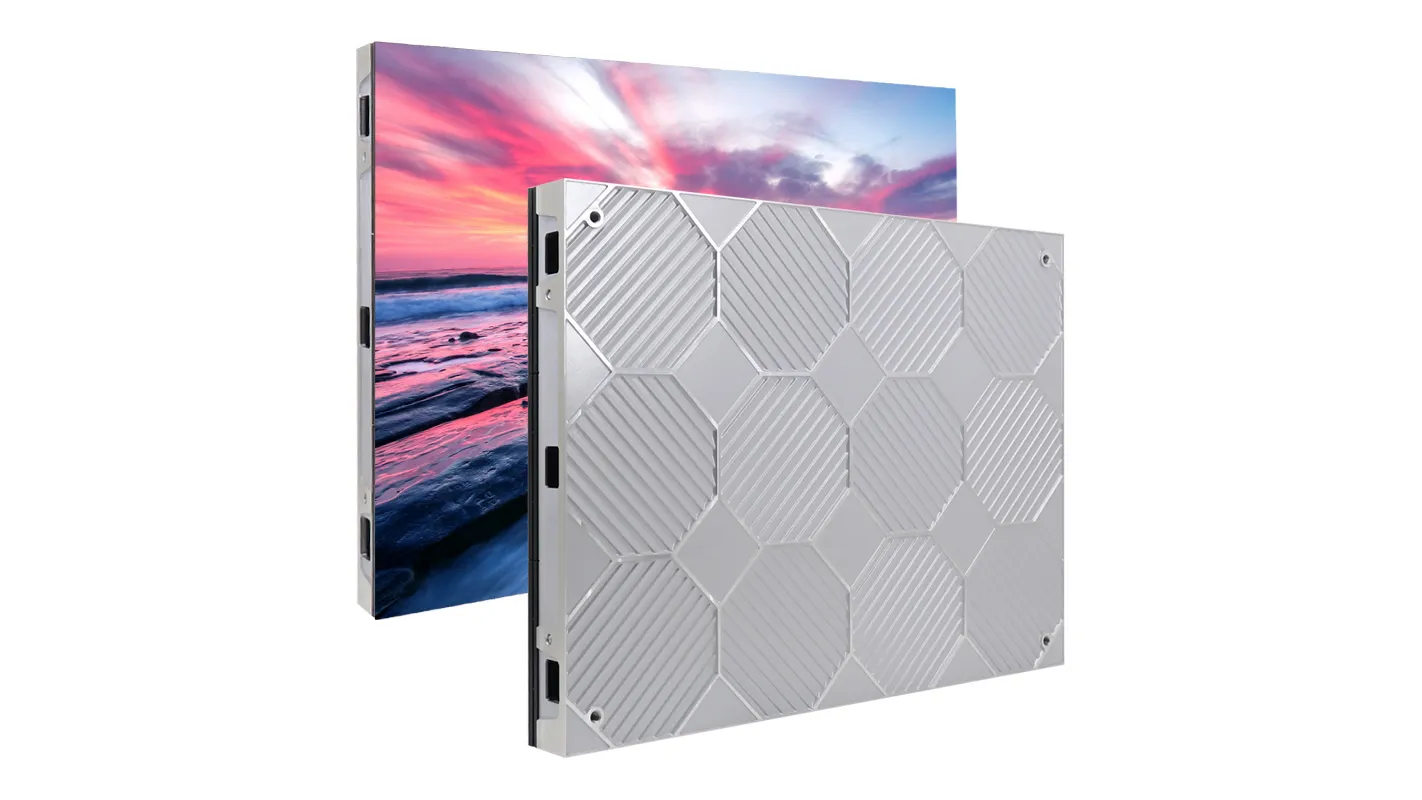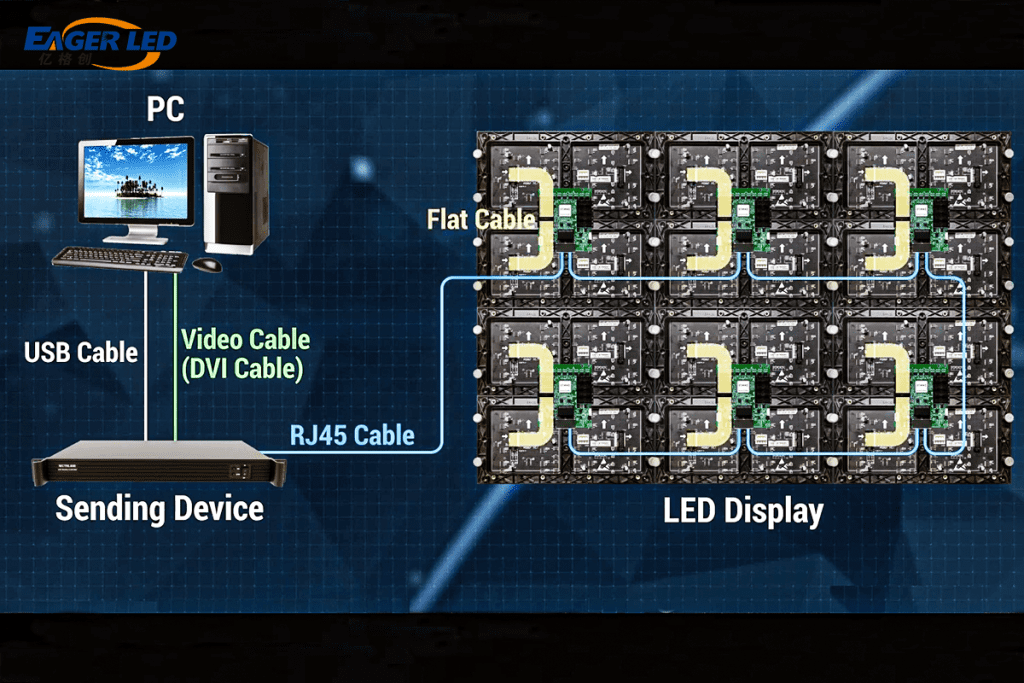Micro-LED Display Technology is here, and it might be the next game-changer in display technology! Compared to traditional LED displays, it’s brighter, more energy-efficient, longer-lasting, and offers impeccable picture quality. But with its high price and emerging technology, is the MicroLED Monitor really worth buying? Let’s dive deeper and see if it can truly revolutionize your visual experience.
catalogue
- 1. MicroLED Monitor færir nýja byltingu
- 2.hvað er MicroLED skjár?
- 3.Hverjir eru kostir MicroLED Display?
- 4.t's sci-fi! Hvað er gagnsær MicroLED skjár?
- 5.Hvernig fer MicroLED skjár fram úr hefðbundnum LED skjá?
- 6.Er MicroLED þess virði?
- 7.Er MicroLED betri en OLED?
- 8.Þróunarspá um MicroLED skjá
- 9.Umsókn á MicroLED skjá
- 10. Algengar spurningar
- 11. Ályktun
1. MicroLED Monitor brings a new revolution
In today’s fast-evolving tech world, LED screen technology is driving visual innovation at an unprecedented pace. From traditional LED displays to the rise of Mini LED displays in recent years, and now the highly anticipated MicroLED Monitor, each technological leap has brought significant performance improvements and broader application scenarios.
Mini-LED, which uses smaller LED beads, has been extremely popular in recent years. Compared to traditional LED screens, Mini-LED monitors shrink the size of backlight beads to a fraction of their original size. This means more beads can fit into the same screen size, enabling finer local dimming control. More beads and finer dimming zones directly result in higher brightness, stronger contrast, richer dark details, no overexposure in bright areas, and overall more refined and realistic picture quality.
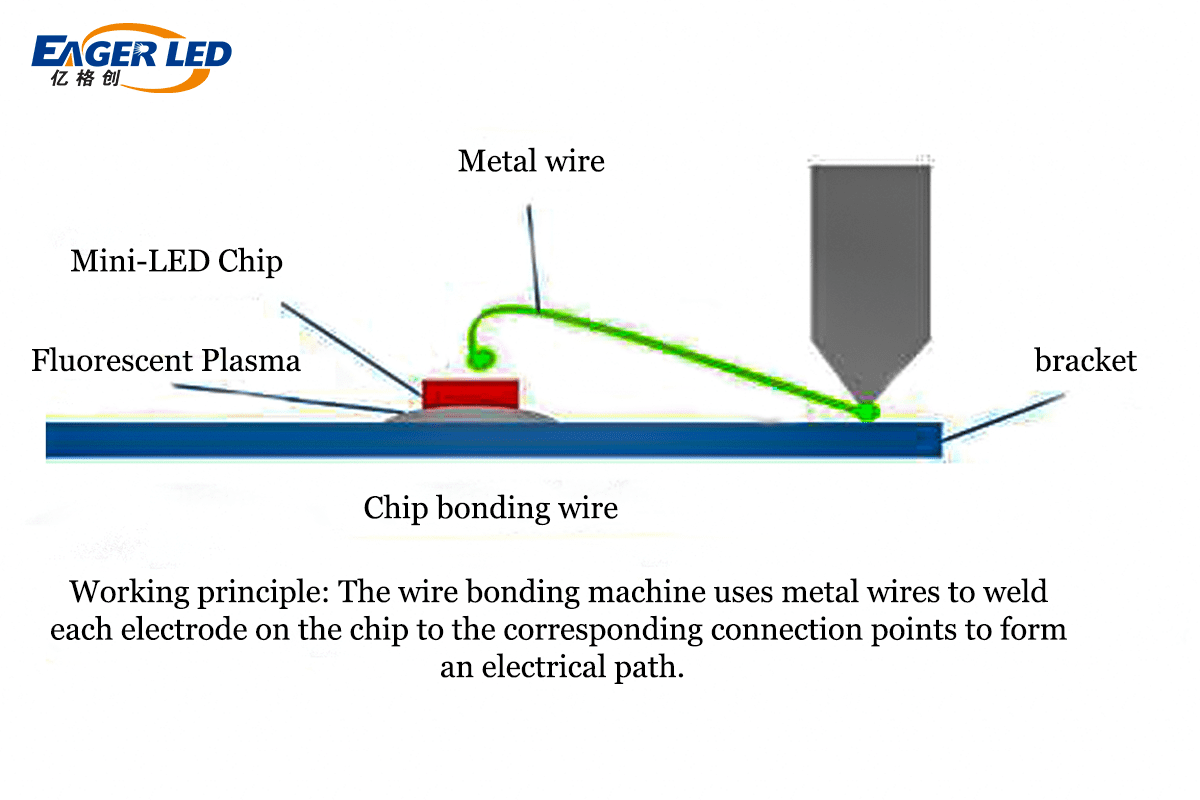
Currently, Mini-LED monitor technology is widely used in high-end displays, TVs, and laptops. Apple has adopted Mini-LED screens in its premium iPad Pro and MacBook Pro lineups, delivering an exceptional visual experience to users.
If Mini-LED is an evolution of LED screen technology, then Micro-LED is a revolution.
Micro-LED displays shrink LED beads to the micrometer level, inheriting the advantages of LED technology while solving many issues of traditional LED displays. The pixels on a MicroLED Monitor are extremely small, allowing the screen to display more details and richer colors. Additionally, each pixel can emit light independently, eliminating the need for a backlight layer. This makes the screen thinner and more energy-efficient.
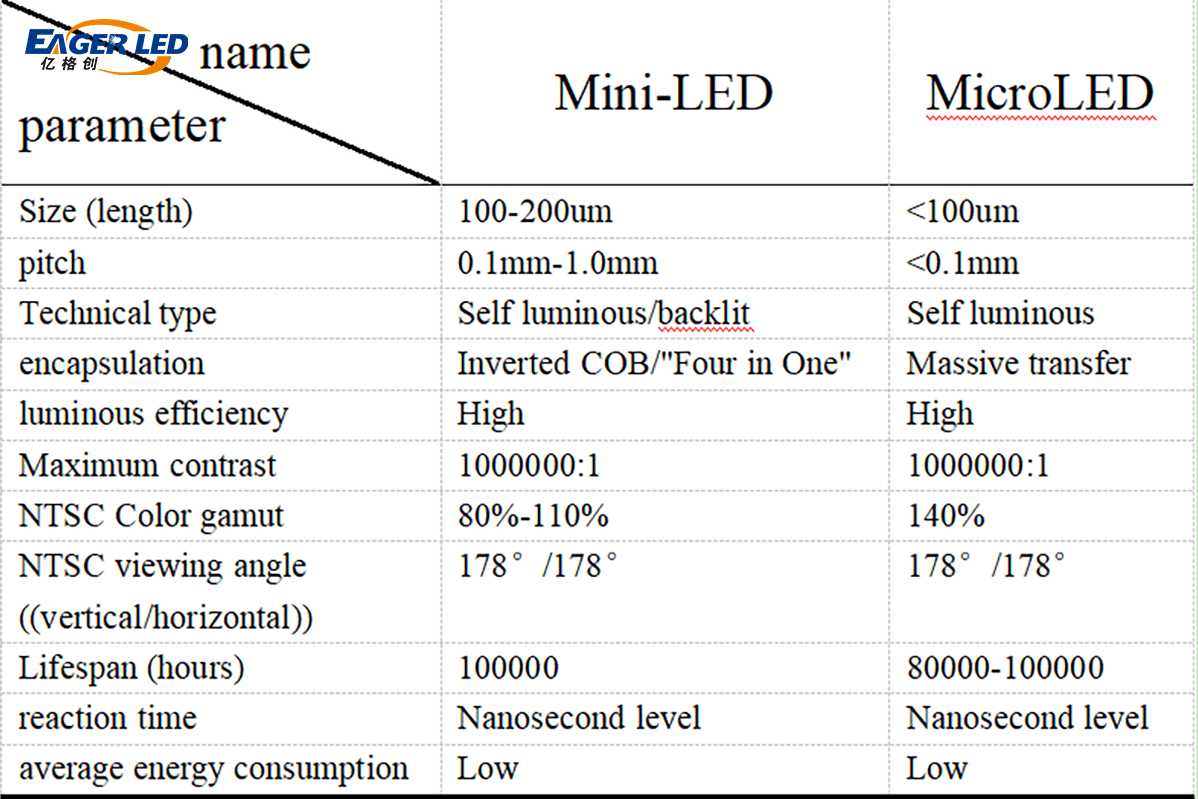
The immense potential of Micro-LED Display Technology has attracted the attention of global tech giants, with companies like Apple, Samsung, LG, and Sony investing heavily in its development and deployment.
Apple has been actively pushing for the commercialization of Micro-LED Display Technology and plans to incorporate it into future products like the Apple Watch and iPhone.
Samsung is leading the way in Micro-LED TVs, having already launched several large-size Micro-LED TVs and planning to bring the technology to smaller-sized products.
LG is focusing on developing transparent and flexible MicroLED Monitors, opening up new possibilities for future display technology.
Sony, leveraging its deep expertise in display technology, has introduced the Crystal LED giant screen display system, primarily for commercial use.
2.what is MicroLED Display?
Micro LED is a new display technology. You can think of it as a “miniaturized version” of traditional LED displays, but with a significant leap in performance. Simply put, a MicroLED Monitor shrinks the LED light-emitting units to an extremely small size—just tens of micrometers, even thinner than a strand of hair.
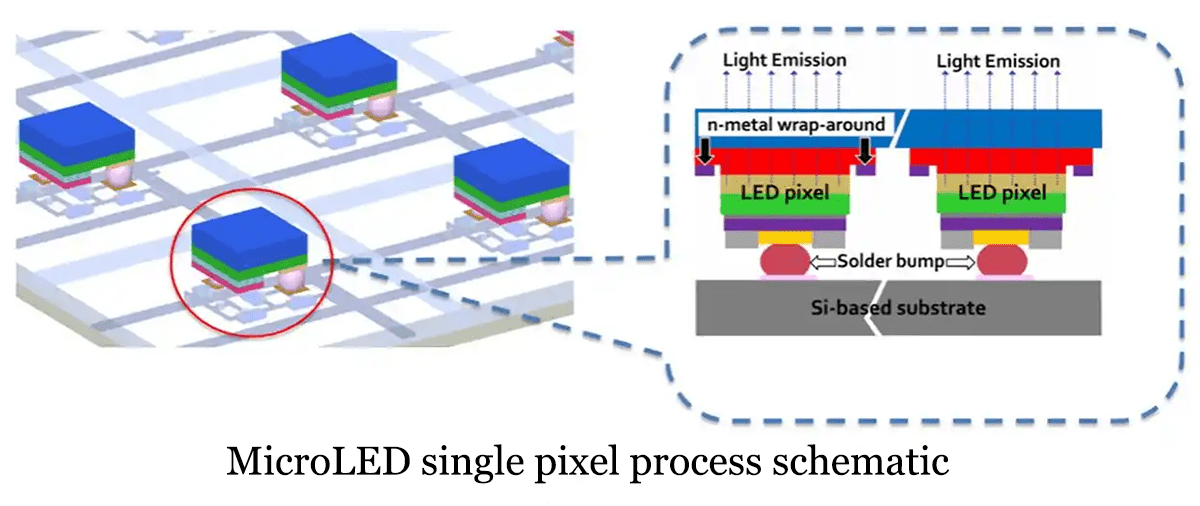
The core technology of Micro LED lies in arranging millions or even tens of millions of tiny LED chips directly on a substrate. Each LED chip can emit light independently, allowing precise control over every pixel. This design not only delivers higher brightness and a wider color gamut but also enables true black display. When black needs to be displayed, the LEDs can completely turn off, unlike LCDs, which suffer from backlight bleeding. Additionally, MicroLED Displays have extremely fast response times, making them ideal for displaying high-speed dynamic content, such as gaming and live sports broadcasts.
3.What are the advantages of MicroLED Display?
Micro LED, as a next-generation display technology, is revolutionizing the display industry with its unique technical advantages. This technology is set to completely change our understanding of displays, offering an unprecedented visual experience. Let’s take a closer look at the seven major advantages of Micro LED:
Ultra-High Contrast: Each pixel in a MicroLED Display can be independently controlled to emit light, allowing for complete shut-off when displaying black, achieving true pure black display. This feature enables a contrast ratio of up to an astonishing 1,000,000:1, far surpassing OLED’s 100,000:1. When viewing dark scenes like starry skies or nightscapes, it delivers extreme contrast between light and dark, with a strong sense of depth in the image.
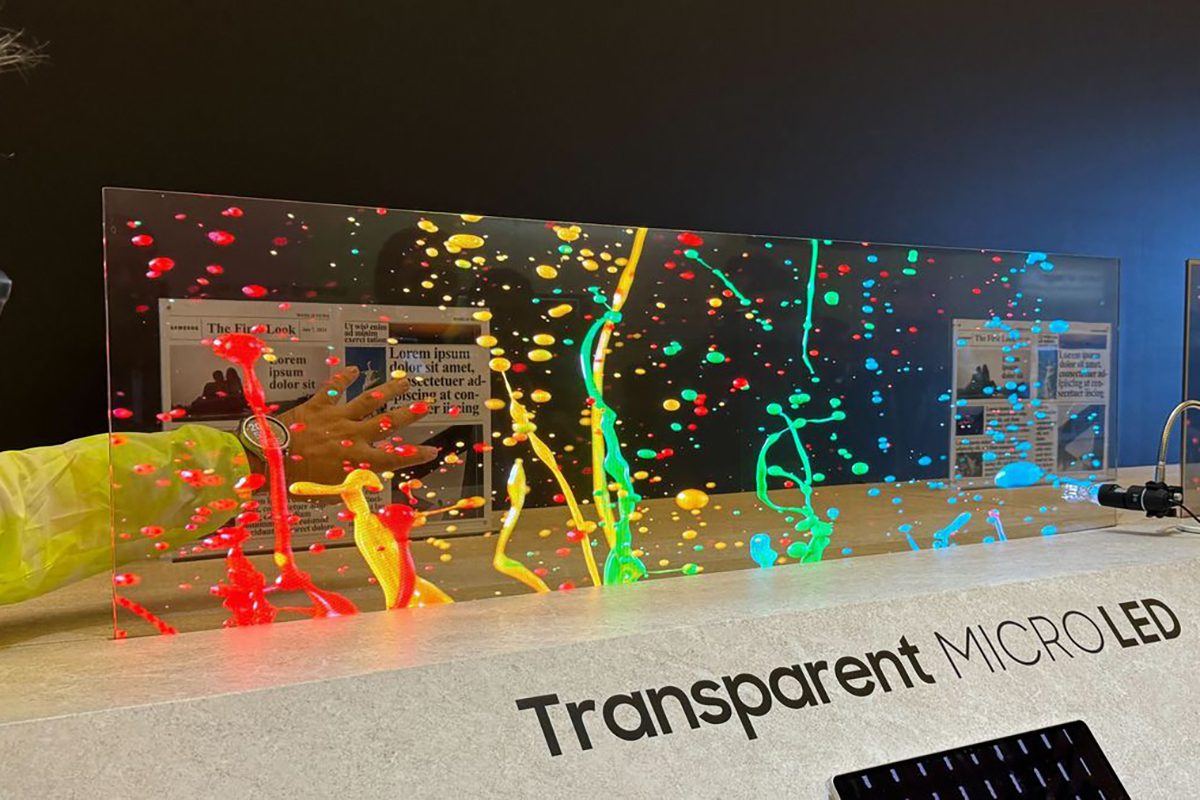
Wide Color Gamut: Micro LED uses inorganic materials, which can emit purer light, offering color performance far beyond traditional LED displays. It can cover over 100% of the DCI-P3 color gamut and even reach more than 90% of the Rec.2020 color gamut. This means it can display more colors that exist in nature, especially in the vividness of reds and greens. The images it presents are more vibrant and closer to what our eyes see in real life!
Super Long Lifespan: Made with inorganic materials, MicroLED Monitors do not suffer from the burn-in issues common in OLED. Their lifespan can exceed 100,000 hours, which is 5-10 times longer than traditional OLED displays. Even with 8 hours of daily use, they can last for over 30 years, significantly reducing long-term usage costs.
Ultra-Fast Response: Micro LED has a response time in the nanosecond range, thousands of times faster than LCD screens. This incredibly fast response completely eliminates motion blur, making it especially suitable for watching sports, action movies, and other high-speed motion scenes. In VR/AR applications, it also effectively reduces dizziness and provides a smoother visual experience.
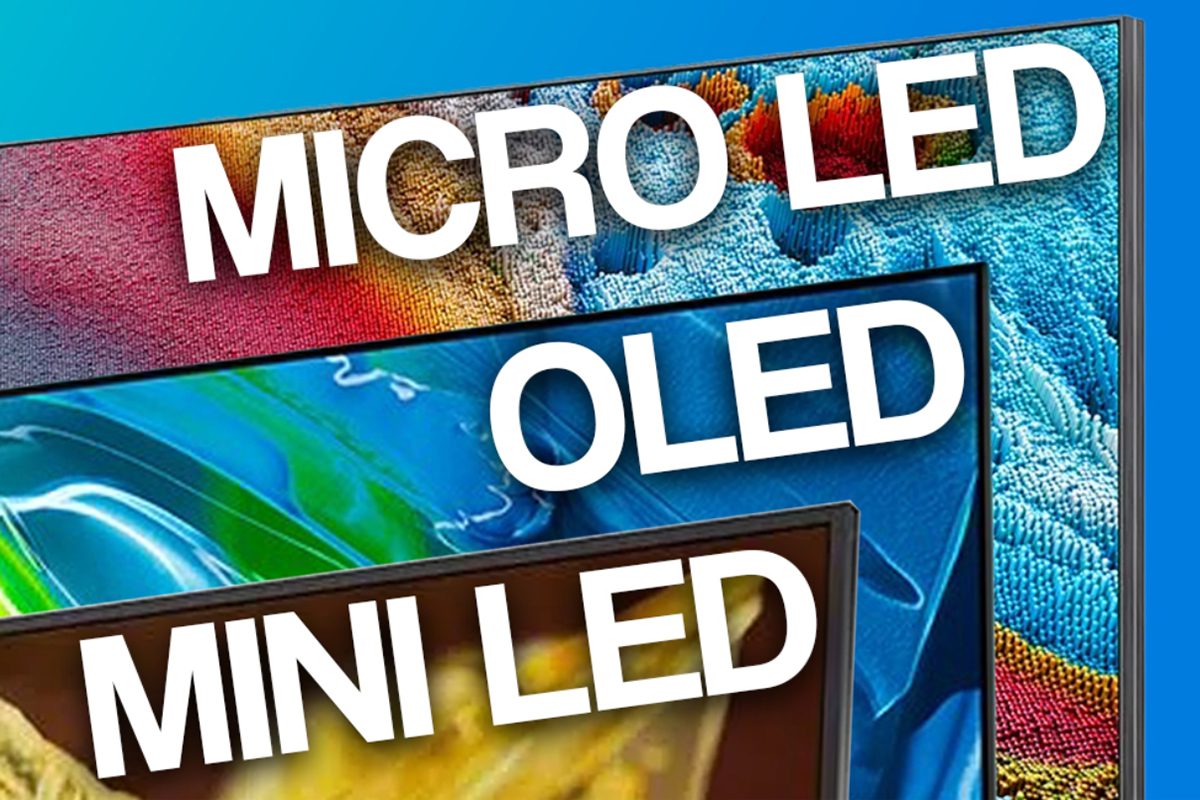
Ultra-High Brightness: MicroLED Monitors can achieve a maximum brightness of over 2000 nits, which is 4-5 times brighter than regular LCD TVs. This ultra-high brightness ensures clear visibility even in strong light environments, making it ideal for applications like outdoor billboards. At the same time, it also better showcases HDR content, presenting richer details in bright areas.
Ultra-Low Power Consumption: Thanks to its self-emissive nature and independent pixel control, Micro LED consumes almost no power when displaying black. Compared to traditional LCDs, which require constant backlighting, Micro LED can reduce energy consumption by more than 50%. This energy-saving feature is not only environmentally friendly but also significantly extends battery life in mobile devices.
Ultra-Thin Design: Since it doesn’t require a backlight module or color filters, MicroLED Displays can be made thinner than 1 millimeter. This extremely slim design opens up more possibilities for product innovation, enabling the creation of bendable and foldable screens, paving the way for new directions in future smart device designs.
4.t’s sci-fi! What is transparent MicroLED Monitor?
Alright, you’ve learned about the MicroLED Monitor from the previous article. Now, let me introduce you to a sci-fi-inspired product: the transparent MicroLED Monitor. The transparent MicroLED Display is not just a technological product; it’s an imagination of future life.
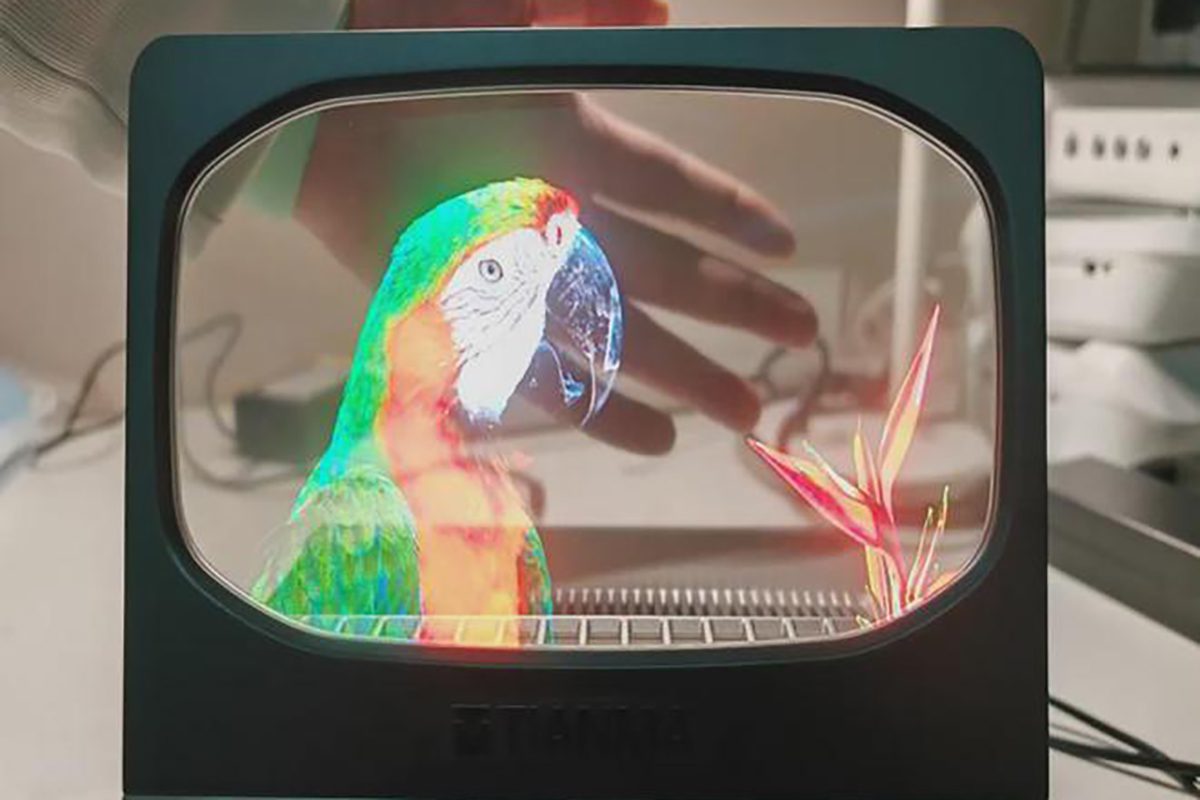
Combined virtual and real visual experience:
The greatest charm of the transparent MicroLED Display lies in its ability to seamlessly integrate digital content with real-world scenes. For instance, in a shop window, it can display product information without obscuring the actual items inside; in a museum, it can provide dynamic explanations for exhibits without blocking visitors’ views. This blending of virtual and real creates an immersive interactive experience for users.
High space utilization:
Being transparent, the transparent MicroLED Display can be installed on glass, windows, or other transparent surfaces without compromising the original function of the space. For example, it can serve as a smart window, letting in natural light during the day and transforming into an information display or entertainment device at night.

Futuristic design:
The transparent MicroLED Display boasts a highly futuristic appearance, adding a technological atmosphere to any setting. Whether it’s a commercial space, a home environment, or a public facility, it becomes an eye-catching focal point.
5.How does MicroLED Monitor surpass traditional LED monitor?
In recent years, display technology has advanced rapidly, and Micro LED, as a representative of the next generation of display technology, is capturing global attention with its outstanding performance. So, what exactly does this amazing MicroLED Display solve compared to traditional LED displays?
| Feature | MicroLED Monitor | Traditional LED Monitor |
|---|---|---|
| Pixel Density | Extremely high, almost no visible pixels | Lower, visible pixels at close range |
| Brightness | Higher, suitable for various lighting | Relatively lower, may struggle in bright light |
| Contrast Ratio | Extremely high, deeper blacks, brighter whites | Limited, lower contrast ratio |
| Energy Consumption | Lower, more energy-efficient | Higher, less energy-efficient |
| Display Quality | Smoother, finer, more realistic colors | Relatively coarse, average color performance |
| Applications | High-end displays (e.g., professional design, home theater) | General-purpose displays (e.g., billboards, TVs) |
| Cost | Higher, newer technology | Lower, mature technology |
Say Goodbye to “Pixelation”
The light-emitting units in traditional LED displays are relatively large, especially when viewed up close, where you can notice obvious “pixelation,” as if the image is divided into many small blocks. In contrast, the light-emitting units in a MicroLED Monitor are extremely small and arranged more densely, resulting in a much finer and smoother display. Even when you look closely, you can hardly see any pixelation. For users who pursue high-definition picture quality, this is undoubtedly a huge improvement.
No More Dim Screens in Sunlight
The brightness of a MicroLED Monitor is significantly higher than that of traditional LEDs. This means that even in bright environments, such as direct sunlight outdoors, the screen content remains clear and visible. Traditional LED screens often appear dim in sunlight, but with Micro LED, this is no longer a concern.
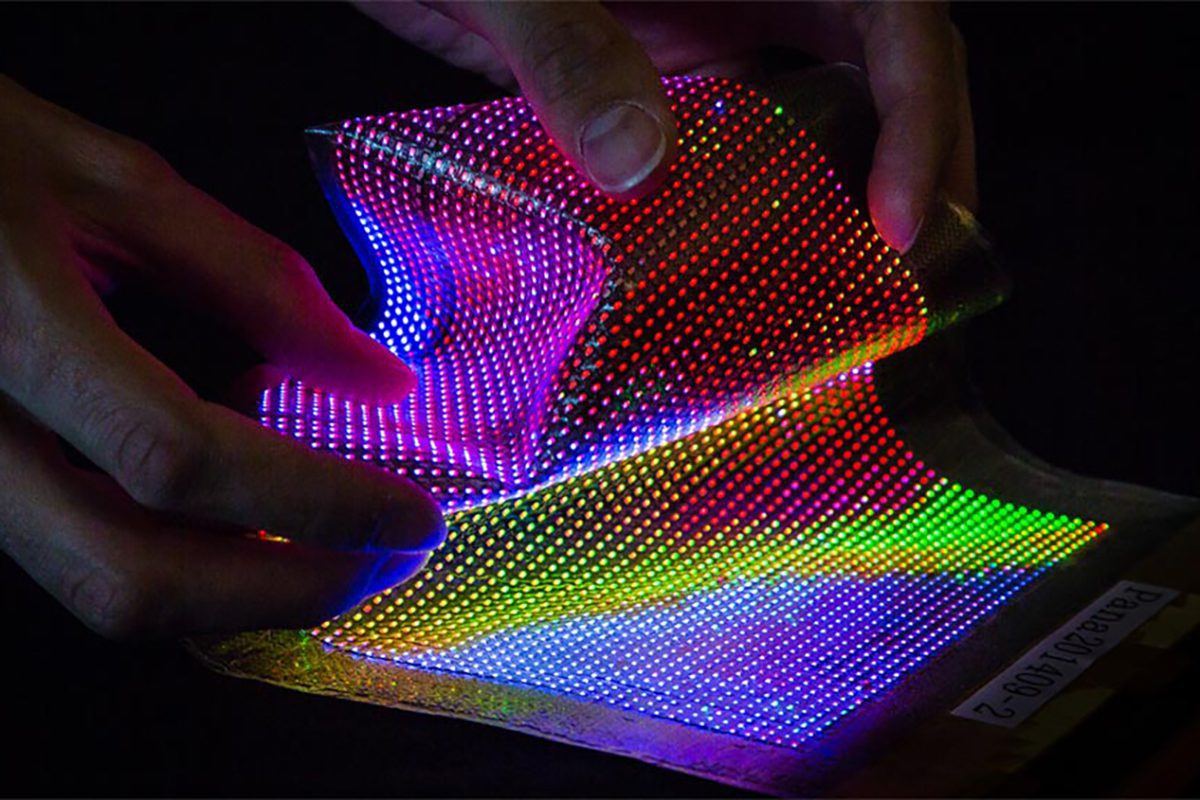
Accurate Color Reproduction
Micro LED can display a wider color gamut, meaning it can show more colors with richer and more realistic color performance. Traditional LED screens may have color inaccuracies when displaying certain shades, but MicroLED Display can reproduce colors more accurately, making the image look more vibrant and lifelike.
Reduced Power Consumption
Since the light-emitting units in a MicroLED Monitor are smaller and don’t require a backlight layer, its power consumption is much lower than that of traditional LEDs. This not only means longer battery life (especially important for mobile devices) but also lower energy usage, making it more environmentally friendly.
Slim and Lightweight Design
Because MicroLED Monitor doesn’t need a backlight layer, its structure is simpler, allowing it to be made extremely thin. This is a huge advantage for devices that prioritize slim and lightweight designs. For example, future TVs, smartphones, or wearable devices can all become more compact and portable thanks to this technology.
6.Is MicroLED worth it?
Are you also curious about MicroLED? It’s hailed as the future of display technology, boasting ultimate picture quality, ultra-long lifespan, and limitless possibilities, but its high price tag is daunting. So, is a MicroLED monitor really worth investing in?
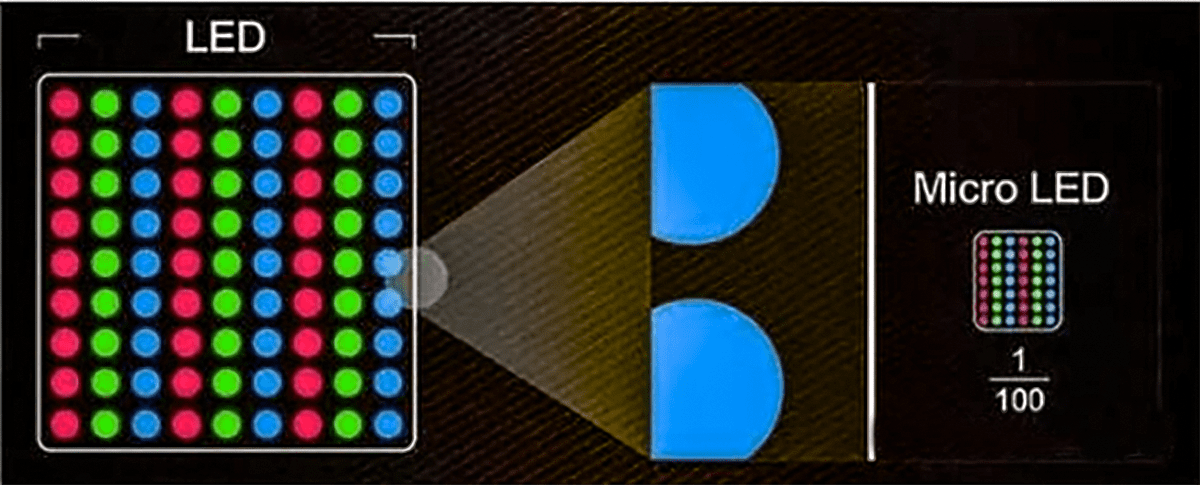
MicroLED offers groundbreaking advantages such as unparalleled picture quality, exceptional durability, and limitless design possibilities, making it a futuristic display technology. However, its high cost, technical immaturity, and limited application scenarios currently restrict its widespread adoption, particularly in consumer markets.
So, is a MicroLED Display worth buying?
If you’re a tech enthusiast pursuing the ultimate experience and have a sufficient budget, then MicroLED is undoubtedly your best choice. It will bring you a revolutionary visual experience, letting you feel the charm of future technology in advance.
But if you prioritize cost-effectiveness and aren’t particularly demanding about picture quality, then you might want to wait. As the technology matures and costs decrease, MicroLED will eventually become accessible to the average consumer.
In summary, MicroLED Monitor represents the future direction of display technology, but it’s still in its early stages. Whether it’s worth investing in depends on your personal needs and budget.
7.Is MicroLED better than OLED ?
The industry often compares MicroLED to OLED. Why is that? There’s a rumor that goes, “Is MicroLED better than OLED?” What’s the truth behind it?
First, let’s understand what OLED is.
In simple terms, OLED Display is a screen technology that allows the screen to emit light on its own without the need for a backlight panel. This technology enables screens to be made very thin, and when displaying black, it’s particularly pure, with vibrant colors. However, OLED screens may experience “burn-in” over time, where permanent marks are left on the screen.
From the above reading, we know that MicroLED is also a display technology that uses very small LED lights to emit light. The benefit of this technology is that the screen has higher brightness, more vibrant colors, and doesn’t suffer from burn-in issues. Additionally, MicroLED screens are more energy-efficient and have a longer lifespan.
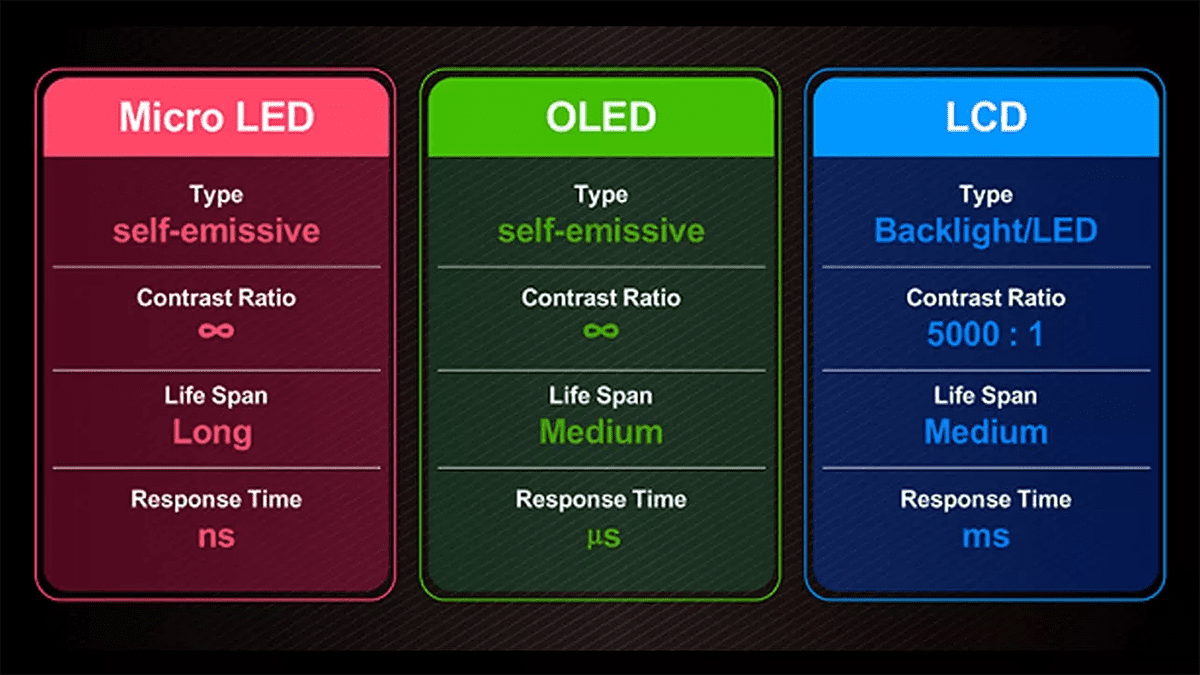
Why do people like to compare MicroLED and OLED?
Because they are both advanced display technologies that offer excellent picture quality. However, Micro-LED Display Technology is superior to OLED in many aspects, such as higher brightness, better colors, and a longer lifespan. Therefore, many people believe that MicroLED is the future trend.
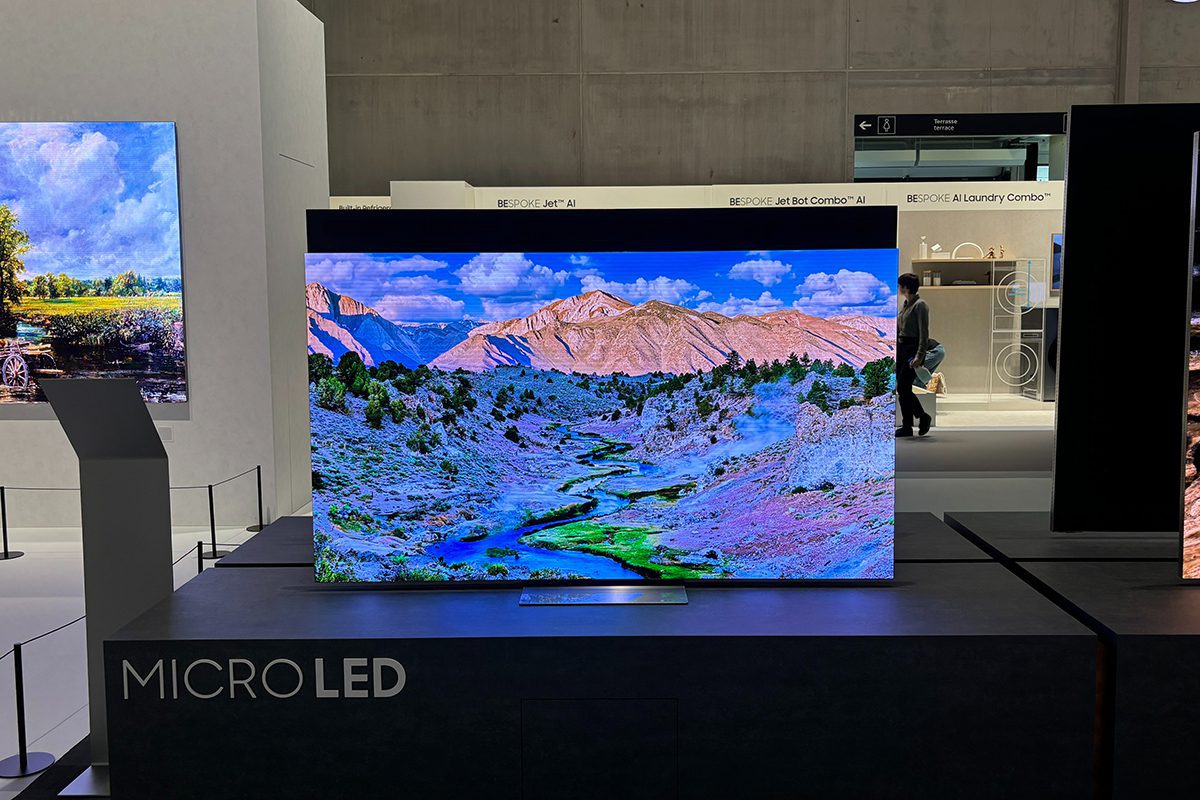
There’s a rumor going around that says, “Is MicroLED better than OLED?”
Actually, there is some truth to this statement. MicroLED does outperform OLED in many aspects, such as providing clearer screens when viewed in sunlight, more realistic colors, and being less prone to issues over time. However, one current issue with MicroLED is its relatively high cost, which is why there aren’t many products using MicroLED on the market yet.
In summary,Micro-LED Display Technology is indeed superior to OLED, but it is currently more expensive. As technology advances and costs decrease, MicroLED may become more prevalent. For us ordinary people, choosing which screen to go for depends on our needs and budget. Nevertheless, regardless of which one we choose, current display technologies are already very impressive and can provide us with excellent visual experiences.
8.Development Prediction of MicroLED Monitor
According to market research, the MicroLED Display market is projected to reach a size of USD 130 million by 2025 and will continue to maintain high growth. By 2030, the market size is expected to climb to USD 2.53 billion, with a compounded annual growth rate (CAGR) of an astonishing 81.8%. This growth forecast undoubtedly underscores the tremendous potential of MicroLED Monitors in the coming years.
For now, the commercialization of MicroLED Monitors is accelerating, and breakthroughs have been made in the field of large-size commercial displays. In scenarios such as high-end commercial displays, outdoor advertising, and large conference room screens, Micro LED is replacing traditional LED displays due to its advantages of high brightness, high contrast, long lifespan, and seamless stitching. For instance, in large shopping malls, airports, stadiums, and other venues, MicroLED Displays offer a more impressive visual experience with their higher resolution, finer image quality, and more stable performance.
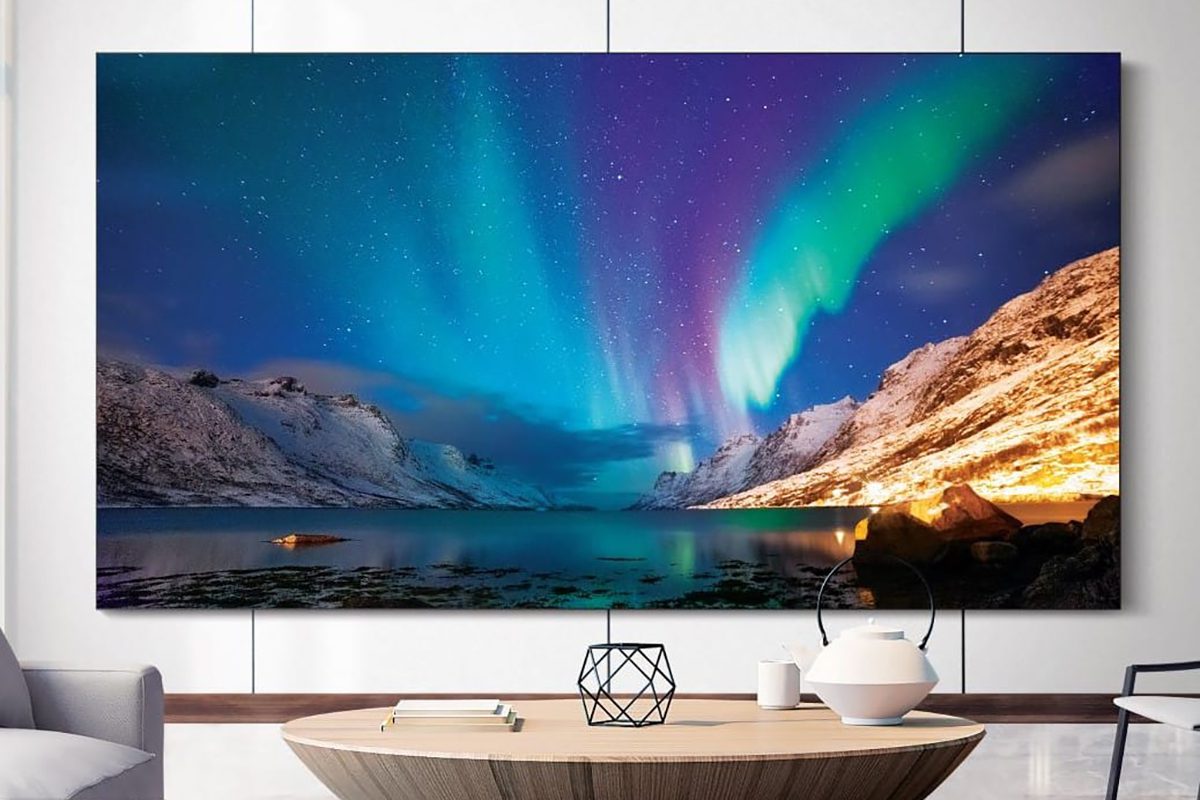
However, despite the seemingly bright market prospects, Micro-LED Display Technology still faces numerous challenges in practical applications. Firstly, manufacturing costs remain high, especially in terms of large-scale mass production, where it has not yet reached a competitive level with traditional LED or OLED. Secondly, technical maturity still needs further enhancement. Although Micro LED excels in areas such as color consistency, brightness, and power consumption control, it has not yet fully met the demands of high-end markets.
Moreover, consumer awareness and acceptance of MicroLED Monitors is also a factor that cannot be ignored. Despite their acclaimed display quality, the high price may deter ordinary consumers. Meanwhile, existing display technologies such as OLED continue to advance, making market competition exceptionally fierce.
9.Application of MicroLED Monitor
Micro LED is rapidly integrating into every aspect of our lives at an astonishing pace. From smartwatches on our wrists to giant screens in cinemas, from virtual reality worlds to future smart cars, Micro-LED Display Technology is redefining the boundaries of display, initiating an unprecedented visual revolution.
Wearable Devices: Micro-LED Display Technology is bringing revolutionary changes to wearable devices. Whether it’s smartwatches, smart glasses, or health monitoring devices, Micro LED, with its ultra-thin, low-power, and highbrightness characteristics, provides these devices with clearer and more energy-efficient displays.
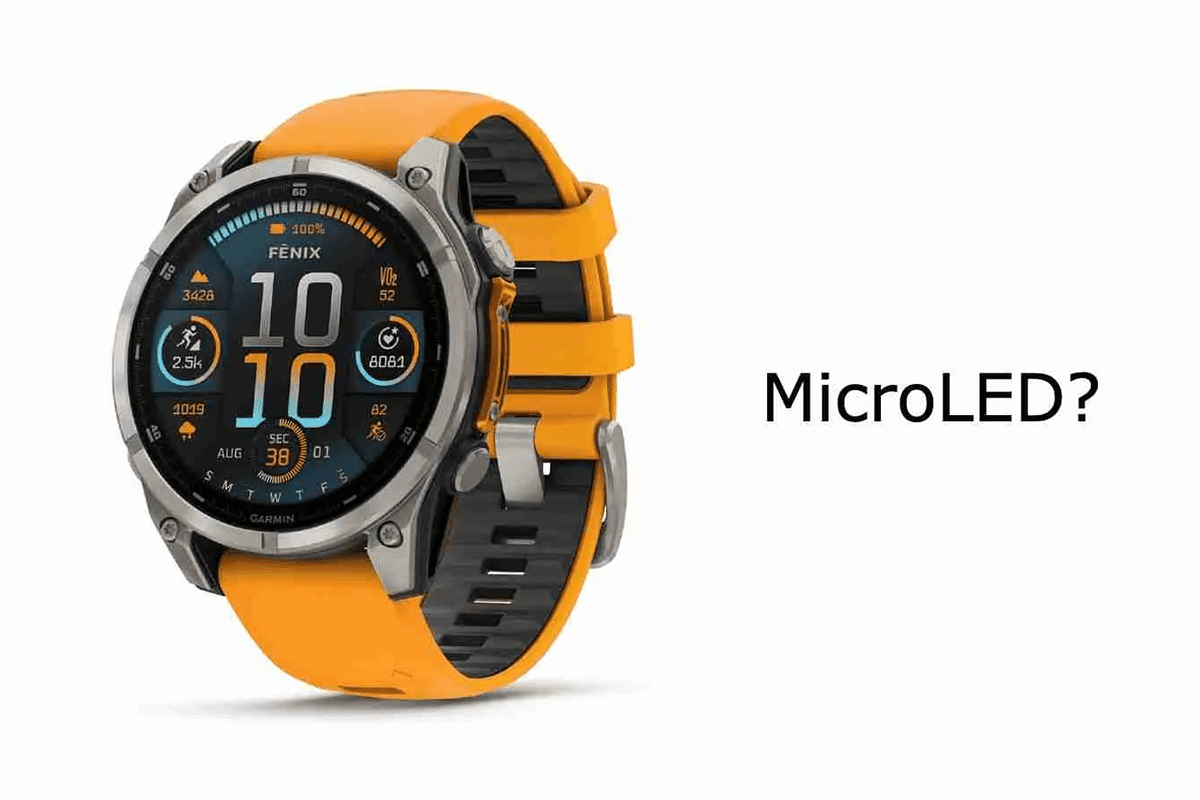
Cinema Giant Screens: In cinemas and large event venues, MicroLED Display is redefining the limits of giant screen displays. Its high brightness, high contrast, and seamless splicing technology make the giant screen images more stunning and detailed, even surpassing the performance of traditional projection technology. Whether it’s commercial cinemas, concerts, or sports events, Micro LED giant screens can offer audiences an immersive visual feast, completely transforming the movie-watching experience.
Virtual Reality: Micro-LED Display Technology is injecting new vitality into virtual reality (VR) and augmented reality (AR) devices. Its ultra-high pixel density and extremely low latency make the display effects of VR/AR devices more realistic, reducing dizziness and enhancing immersion. Whether it’s gaming, education, or industrial design, Micro LED can provide users with a clearer and smoother virtual world experience, pushing virtual reality technology to a higher level.

Medical Displays: In the medical field, the application of Micro-LED Display Technology is enhancing the precision of diagnosis and treatment. High-resolution, high-contrast MicroLED Displays are used in medical imaging equipment such as endoscopes, surgical microscopes, and diagnostic monitors, aiding doctors in observing diseased tissue more clearly, thereby improving the accuracy and safety of surgeries. Additionally, the low-blue-light characteristic of MicroLED Monitors reduces eye strain for healthcare professionals during prolonged use.
Outdoor Advertising: Micro LED is revolutionizing the outdoor advertising industry. Its high brightness, high contrast, and weather resistance make it an ideal choice for outdoor billboards, traffic signs, and large-event displays. Whether under the blazing sun or at night, Micro LED maintains exceptional display performance.
Future Smart Cars: Micro LED is creating a new display experience for future smart cars. From in-car entertainment systems to heads-up displays (HUDs), MicroLED Monitors provide drivers and passengers with clearer, safer visual information. Whether for navigation, entertainment, or vehicle status display, Micro LED maintains exceptional visibility in complex driving environments, enhancing the driving experience and safety.
10.FAQs
11.Conclusion
Despite the current challenges in cost and technology faced by MicroLED Display, with the continuous maturation of technology and the improvement of the industrial chain, its widespread adoption is just around the corner. If you’re interested in the development of MicroLED Monitor, follow EagerLED, where we will keep you updated with the latest technical analyses, industry trend insights, and cutting-edge product news, exploring the infinite possibilities of future displays together with you!


